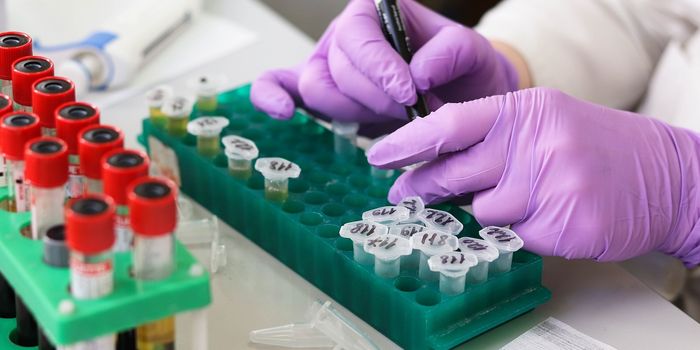How the Immune System Tolerates Gut Bacteria
Our immune system is built to detect foreign invaders, pathogens, and debris, and then eliminate them. So how does it deal with the trillions of microbial cells that make a home for themselves in our gastrointestinal tract? Scientists have now found an answer to that question, and the evidence they revealed has also changed what we know about the interactions between immune receptors and a protein that helps move bacteria around, called flagellin. The findings have been reported in Science Immunology.
There are many beneficial microbes in the human gut microbiome, and we need many of those microorganisms to help us break down food and absorb nutrients, for example. But there are also pathogenic gut germs. The immune system can recognize those pathogenic microbes with different receptors, one of which is called toll-like receptor 5 (TLR5). TLR5 attaches to flagellin, a protein found in the flagellum of bacteria, a structure that propels bacterial cells. When TLR5 binds to flagellin, an inflammatory response is triggered.
But many bacteria have flagellin, not only pathogens. Some bacteria have adapted and can make flagellin that will not bind to TLR5, so no immune response is initiated. But many harmless or so-called commensal bacteria generate flagellin that will still bind to TLR5. So how are these microbes tolerated by the immune system?
In this work, researchers delved deeply into flagellins, and analyzed those made by different bacteria. After assessing 116 flagellin proteins, they found that about half of them were not like any that were known; they could bind to TLR5 normally, but surprisingly, did not lead to an inflammatory response. The study authors have called these flagellin proteins "silent flagellins." This has shown how the immune system tolerates commensal gut bacteria, even when those microbes share common features with pathogens.
This research has upended what we knew about TLR5 binding, which was once thought to be enough to trigger an inflammatory cascade.
"We now know that bacterial flagellin can interact with TLR5 at least three in different ways: bind and induce an immune response, bind and not induce an immune response, and evade by not binding," noted senior study author Ruth Ley, director of the Department of Microbiome Science at the Max Planck Institute for Biology Tübingen.
"It is remarkable how tunable the response of the TLR5 receptor is," added Ley.
After analyzing the genomes of many gut microbes, the researchers found that silent flagellins are a typical part of human gut microbes.
Sources: Max Planck Society, Science Immunology









